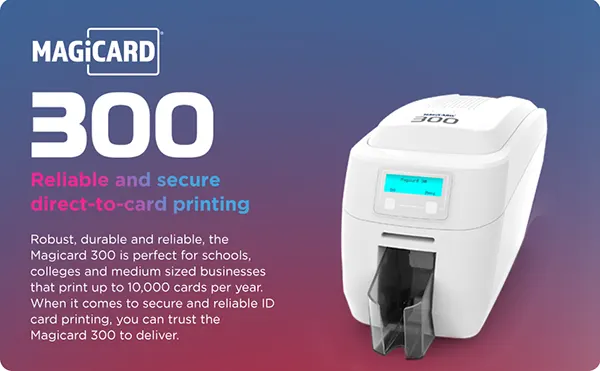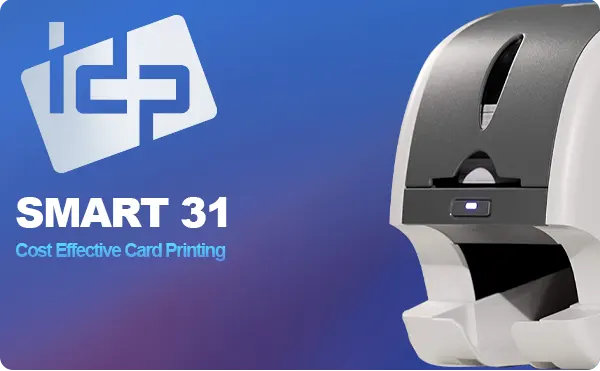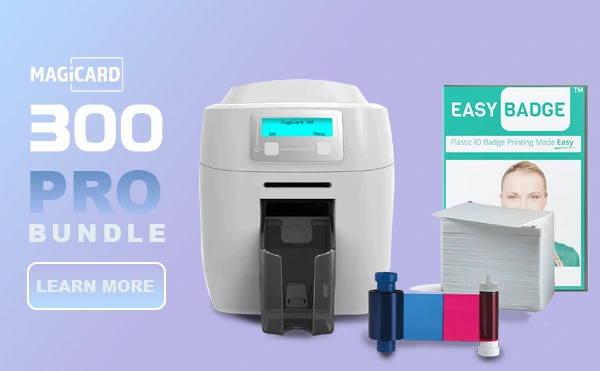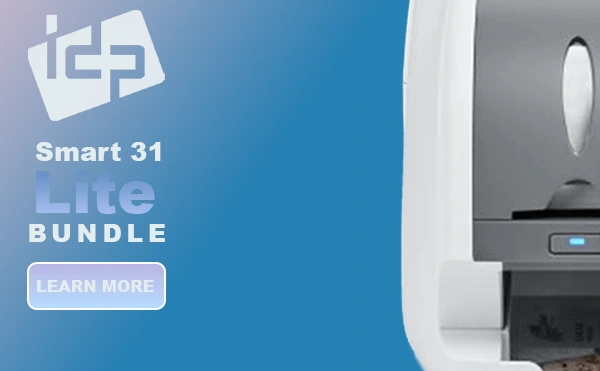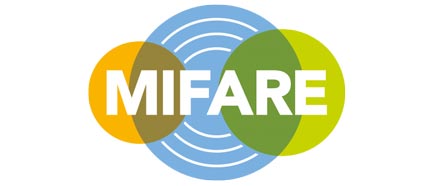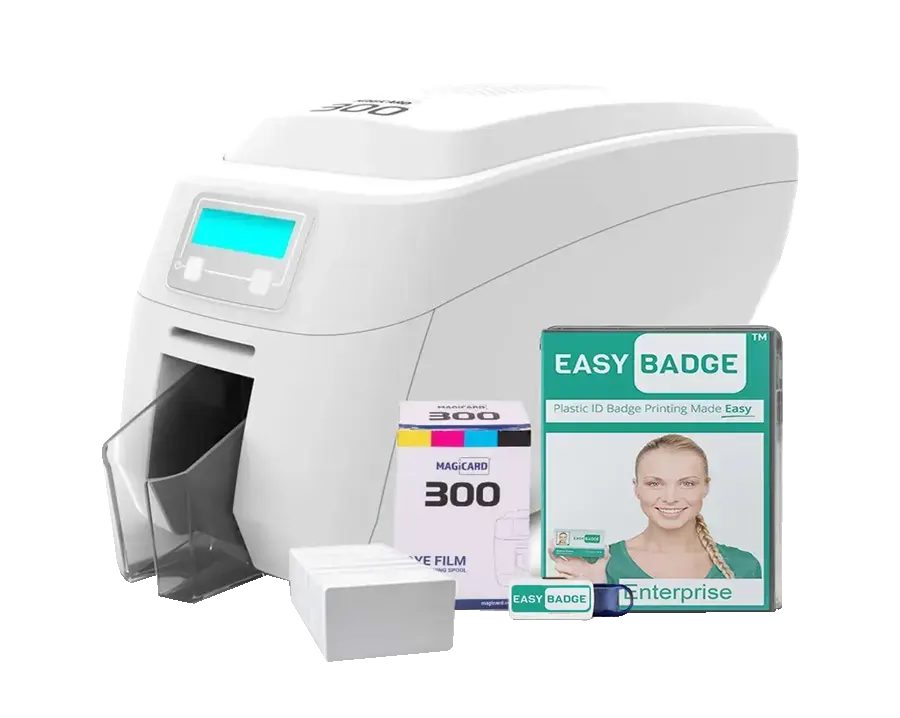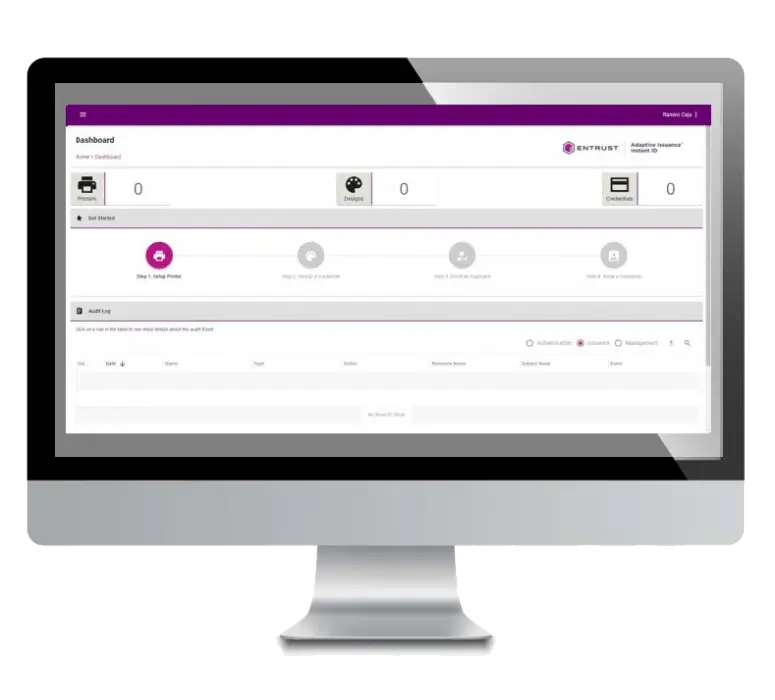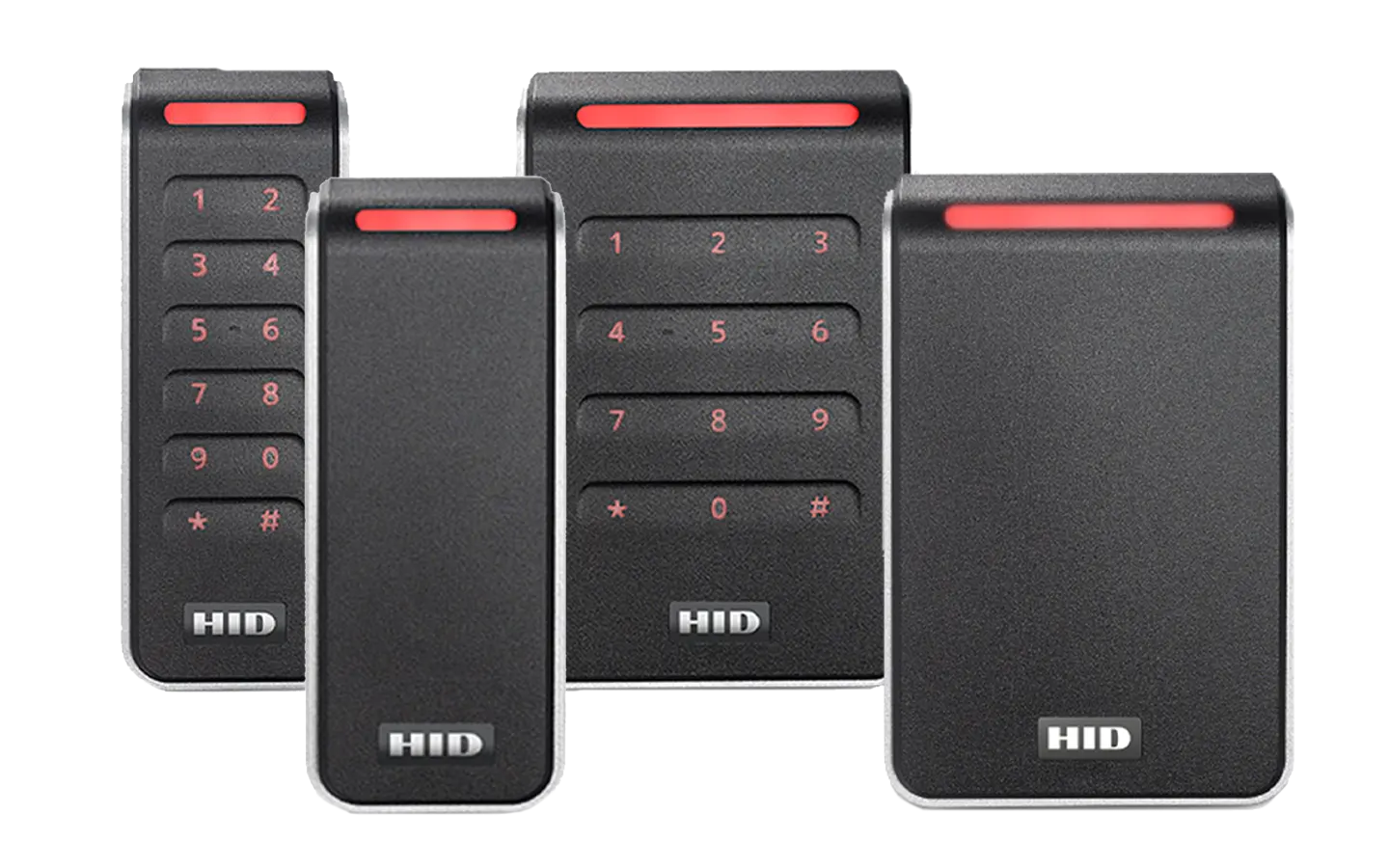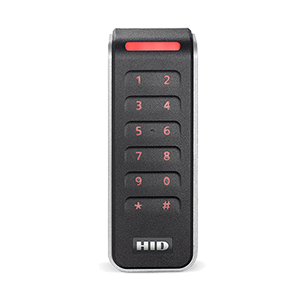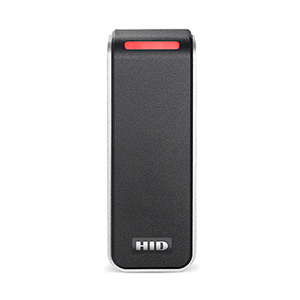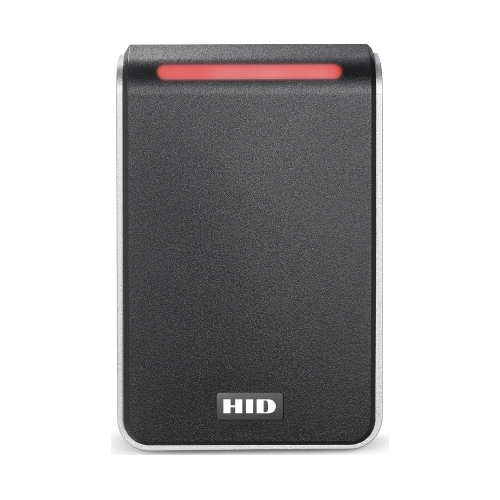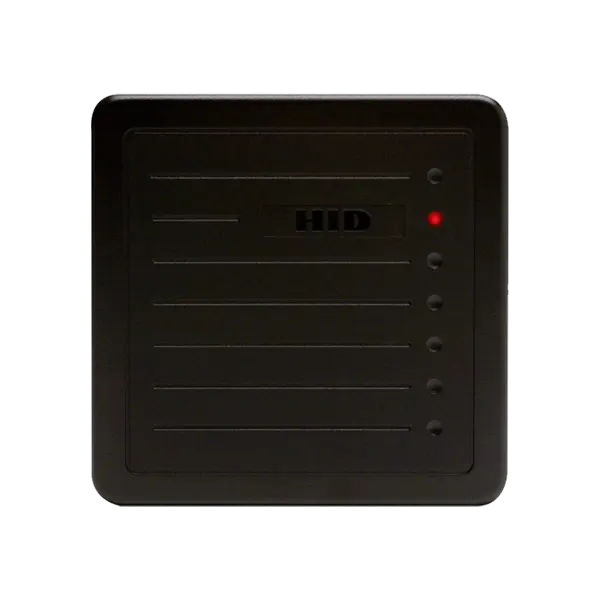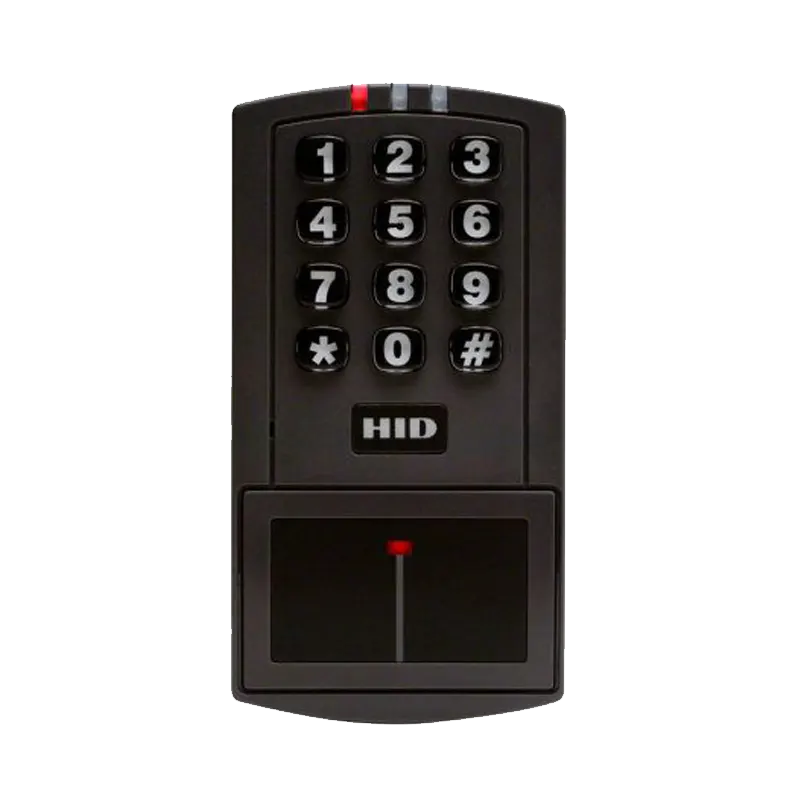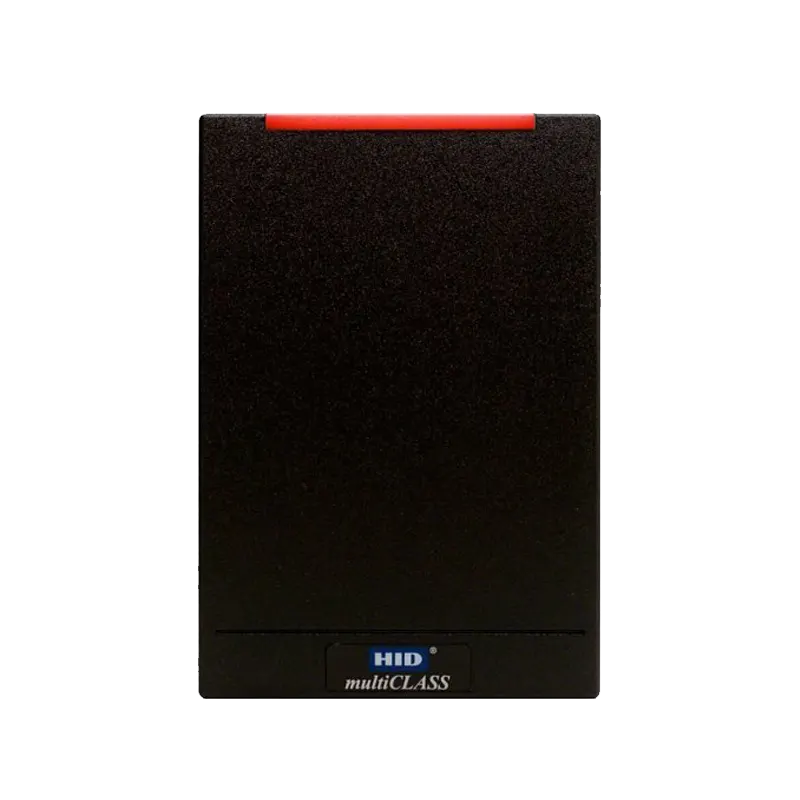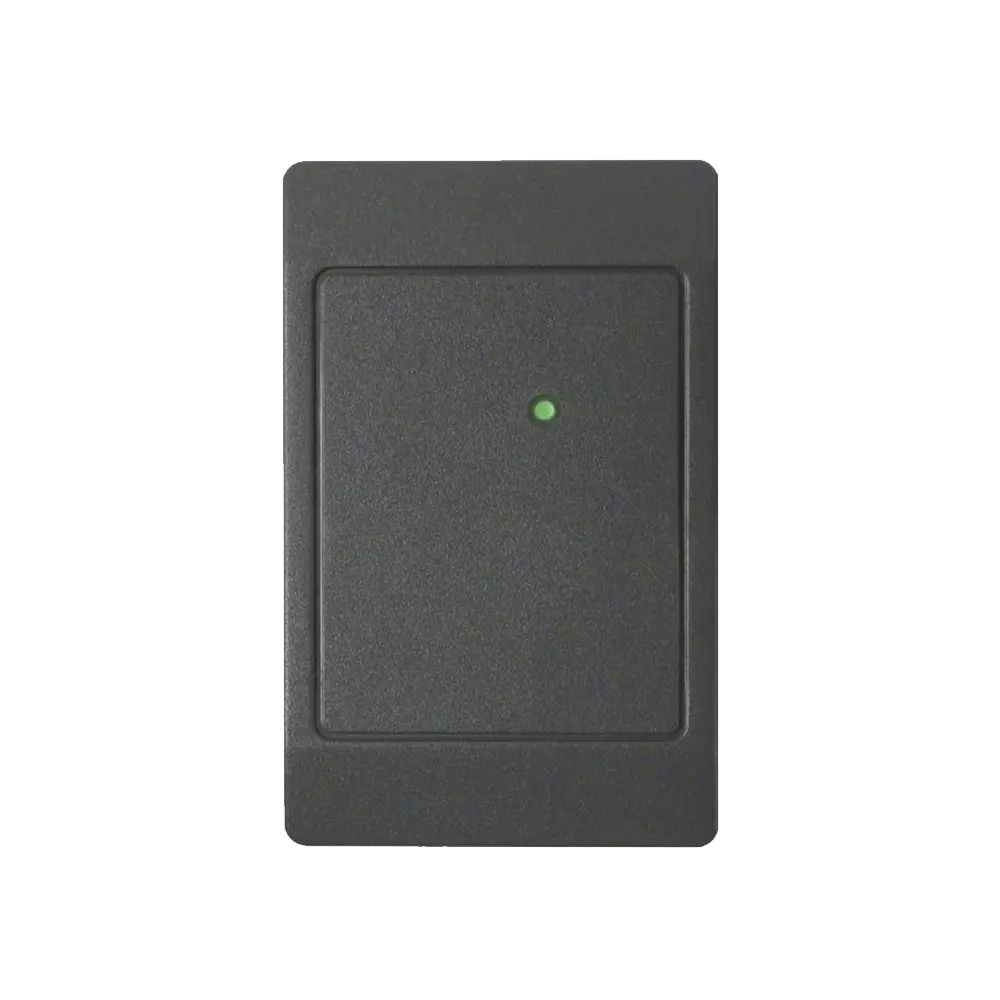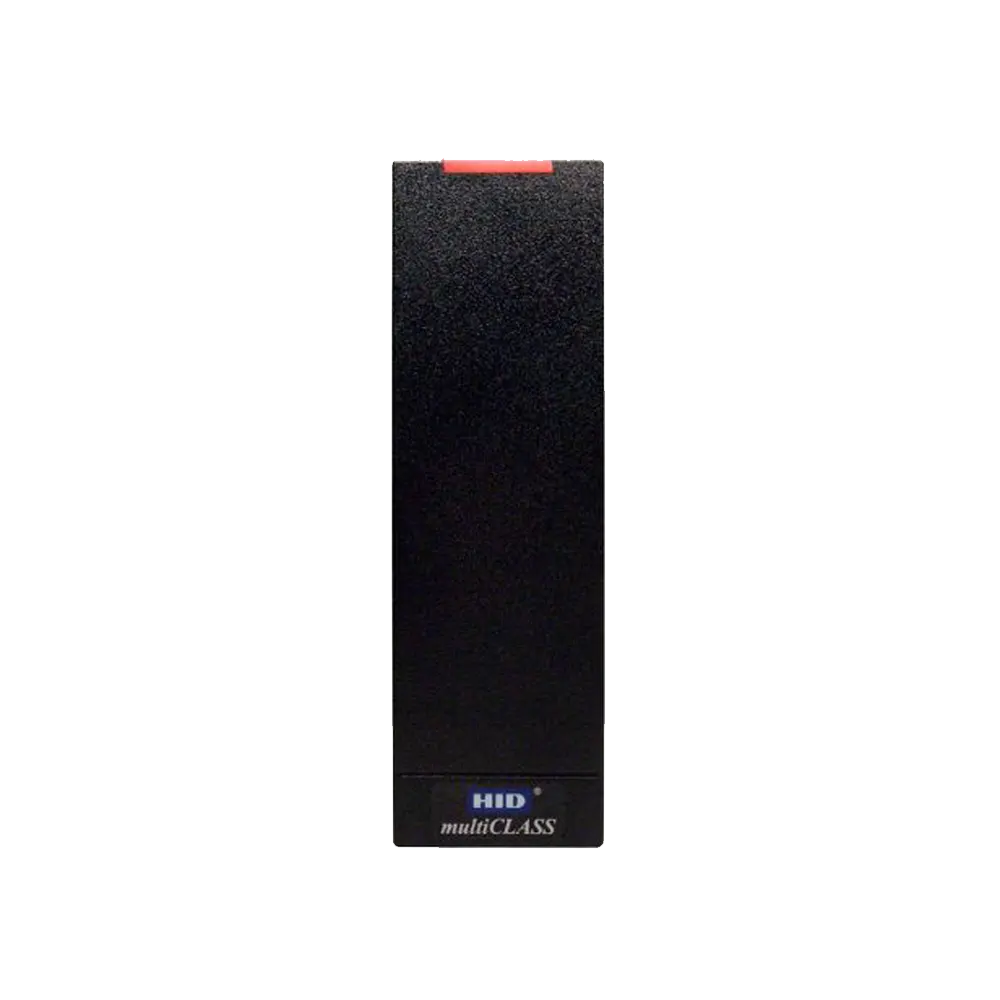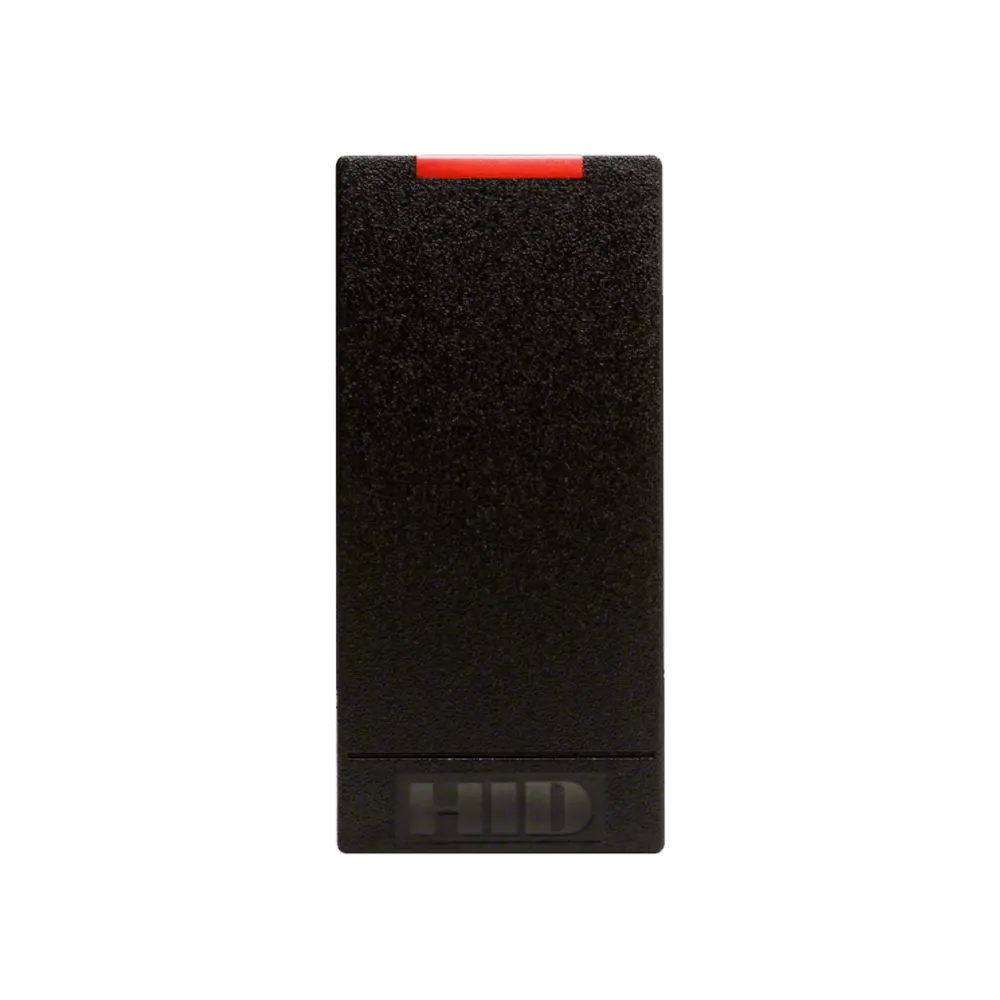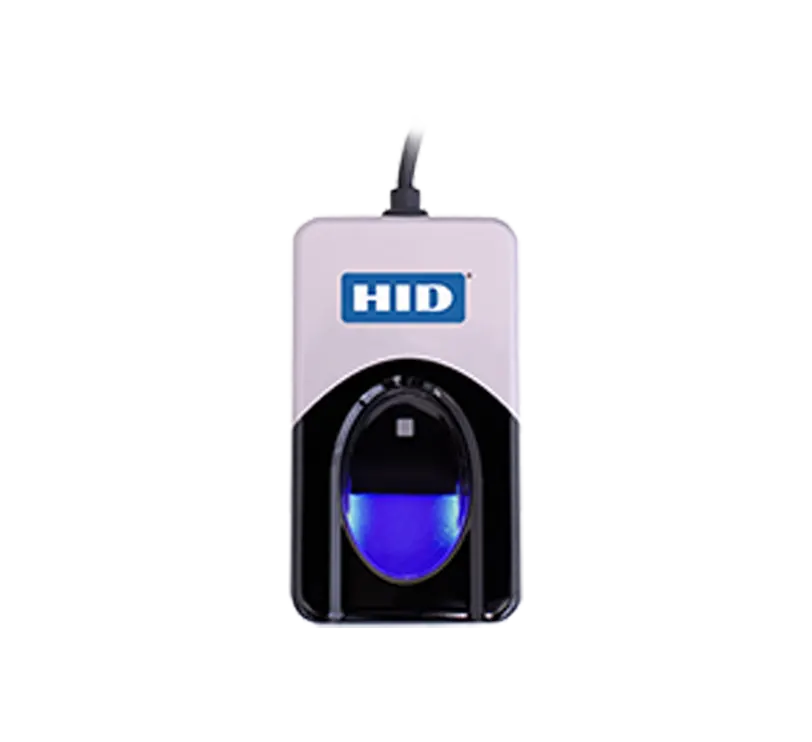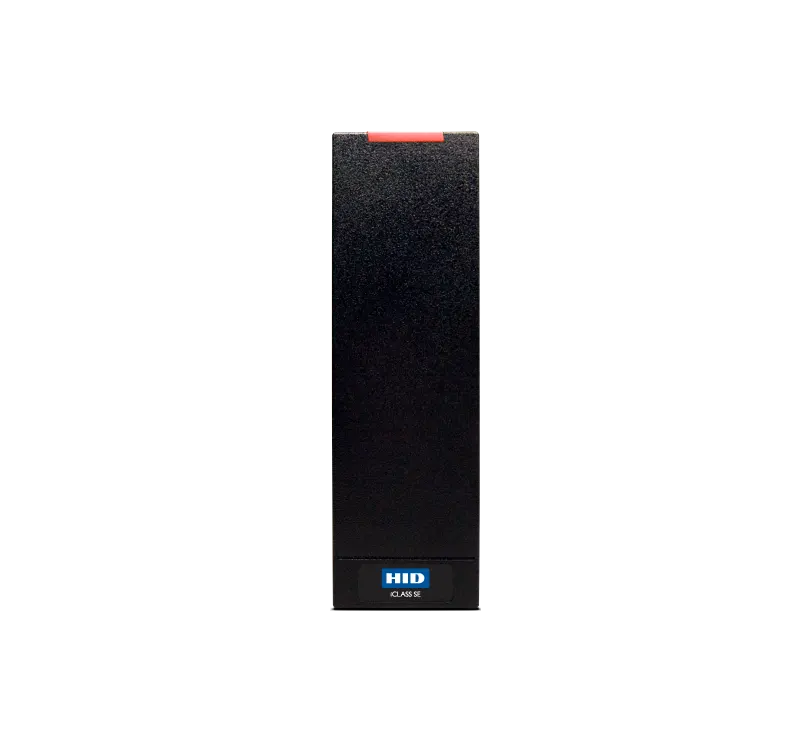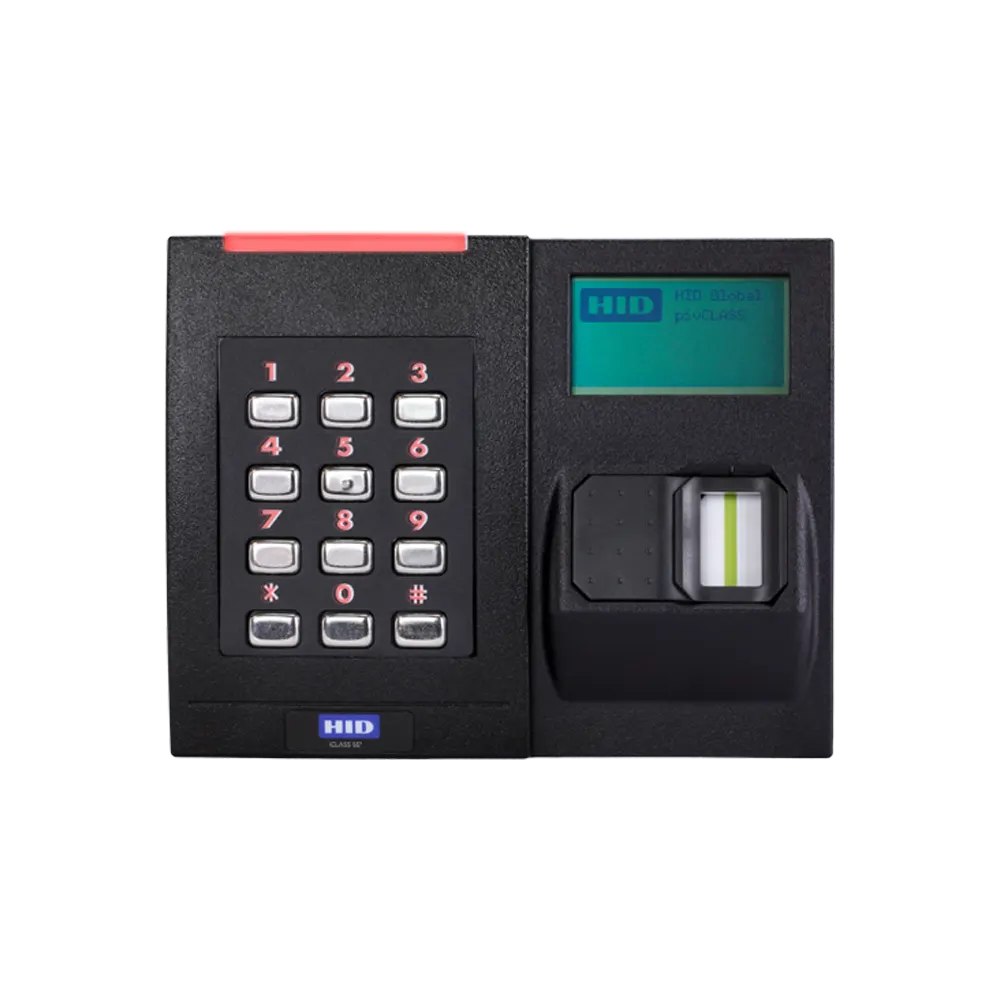Access Control Readers
Access Control Readers
Access Control Readers
Access Control Readers
Access Control Readers
Access Control Readers
Access Control Readers
Access Control Readers
Access Control Readers
Access Control Readers
Access Control Readers
Access Control Readers
FAQ
Learn More About HID Readers
What Kind Of HID Readers Are Available?
What are the different types of access control card readers? When considering the purchase of an access control card reader, it is important to be familiar with the various types available. Here are several types of access control card readers:
Proximity Card Readers: Proximity card readers function by requiring users to tap their cards in close proximity to the reader. An RFID signal is then used to determine whether to grant or deny access to the user.
Magnetic Stripe Card Readers: Magnetic stripe card readers operate by having users swipe their cards with a magnetic stripe against the physical reader. This action enables users to gain access.
Keypad Readers: Keypad readers are familiar to most people. They consist of a keypad where users enter a code to unlock a door or gain access.
Two-Factor Authentication Readers: Two-factor authentication readers allow the use of two different access methods in combination. For example, a reader may require both a keypad entry and the presentation of an RFID card. These readers are particularly useful in locations that require multiple forms of identity verification..
What Frequenices are available
When it comes to access credentials, there are various models and formats available. However, the access control industry primarily revolves around two main types of cards based on their frequency:
Low-Frequency Cards (125 kHz): These cards operate at a frequency of 125 kHz. They have a greater read distance compared to high-frequency cards. Low-frequency cards are generally more affordable than their high-frequency counterparts.
High-Frequency Cards (13.56 MHz): High-frequency cards operate at a frequency of 13.56 MHz. They offer secure onboard credential storage and are protected by RFID opaque materials. Additionally, high-frequency cards are NFC (Near Field Communication) and BLE (Bluetooth Low Energy) enabled, providing additional functionality.
While low-frequency cards are more popular, it’s important to note that they have certain vulnerabilities. On the other hand, high-frequency cards provide enhanced security features. When selecting a card reader, it’s crucial to consider which frequency cards you will require based on your specific needs and security considerations.



